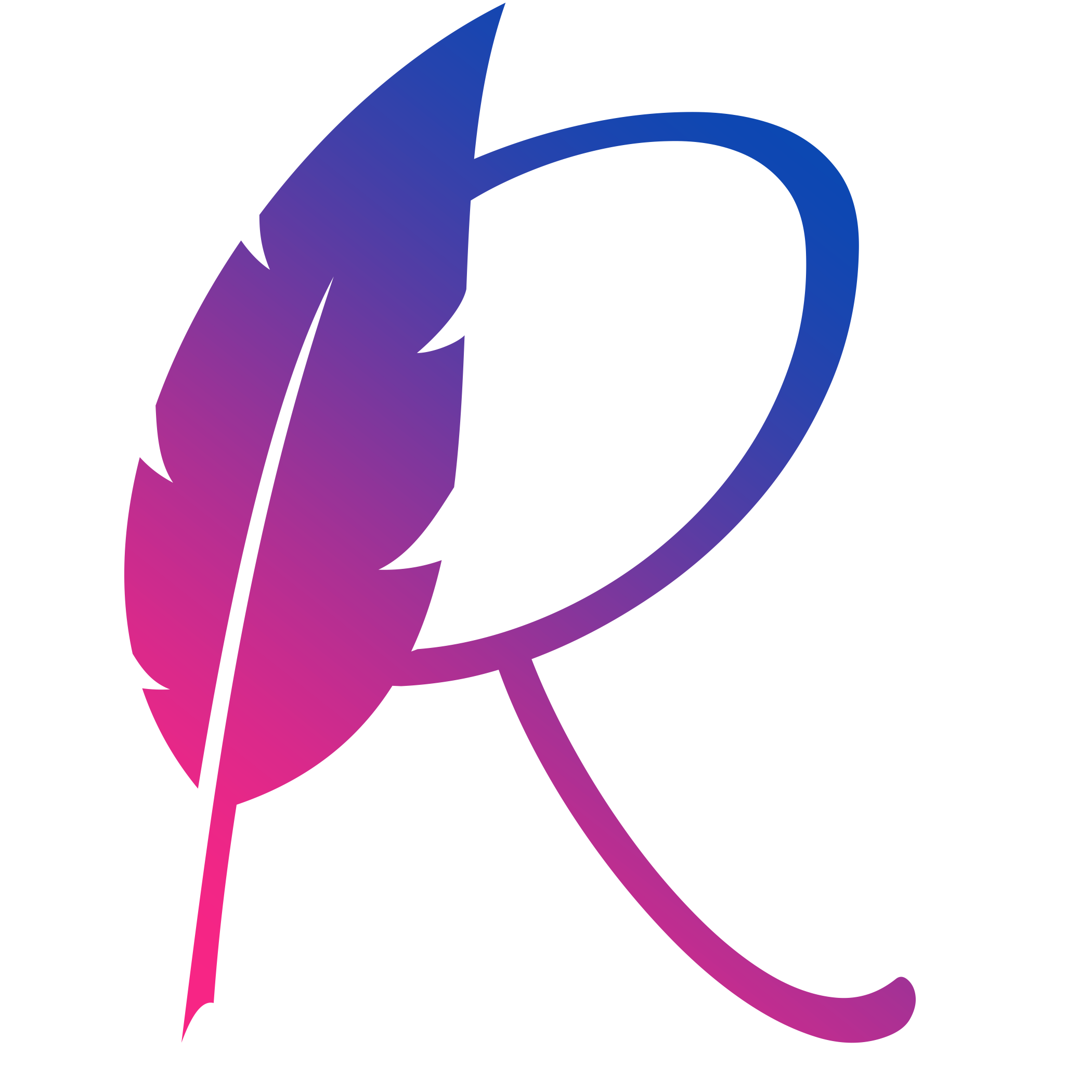Introduction
In today’s competitive job market, having a polished resume is not always enough. Recruiters and hiring managers are increasingly looking for real proof of skills, creativity, and problem-solving abilities. An impressive project portfolio does exactly that – showcasing your experience, achievements, and potential in a way that a resume simply can’t. In this guide, we’ll walk you through building a standout project portfolio that can help you get hired fast, land your dream job, and make a lasting impression.
Why a Project Portfolio is Essential in Today’s Job Market
A strong portfolio provides tangible proof of your capabilities, whether you’re a developer, designer, marketer, or product manager. It serves as a showcase of your best work, demonstrating not just what you’ve done, but how you think and approach challenges. With the right portfolio, you can turn interviews into conversations about your accomplishments and win the trust of potential employers quickly.
How to Build an Impressive Project Portfolio
Creating an effective project portfolio involves more than listing projects – it’s about curating your best work in a way that highlights your unique skills and experience.
Step 1 – Identify Your Best Projects
Not every project belongs in your portfolio. Focus on high-impact projects that:
Showcase your core skills.
Include a range of challenges and solutions.
Reflect recent and relevant experience.
When selecting projects, consider the skills and experiences that are most relevant to your career goals. Prioritize projects that highlight your creativity, problem-solving skills, and your ability to deliver results.
Step 2 – Structure Your Portfolio for Maximum Impact
Your portfolio should be easy to navigate and professionally organized. Key elements to include are:
Project Title: The name of each project.
Project Description: A short overview of the project, highlighting the purpose and context.
Your Role and Contribution: Specific tasks or responsibilities you handled.
Outcome: Measurable results or impact (e.g., increased engagement by 20%).
These components will help potential employers quickly assess your role in each project and the skills you’ve demonstrated.
Tips for Structuring Individual Projects
Start with a short summary: Open with a paragraph summarizing the project and its goals.
Use bullet points for clarity: Describe your tasks and achievements concisely.
Incorporate visuals: Screenshots, diagrams, and links to live projects help create an engaging presentation.
Highlight outcomes and impact: Whenever possible, quantify the results to showcase your effectiveness.
Consider each project as a mini-case study, focusing on challenges, solutions, and outcomes. This approach provides a clear picture of your problem-solving abilities and impact.
Using Tools to Build a Professional Portfolio
To build a professional-looking project portfolio, tools can be instrumental in creating a structured, visually engaging showcase. While several tools exist, Requstory stands out for its AI-powered capabilities, especially for those in product management, project management, and development fields.
Requstory allows you to create user stories, map processes, and document projects in a way that emphasizes your contribution and project impact. Here’s how Requstory can be the perfect addition to your portfolio-building strategy:
Easy User Story Creation: With Requstory, you can quickly draft user stories that align with Agile project management practices, allowing hiring managers to understand your role in each project at a glance.
Interactive Prototypes: Requstory’s features for building prototypes are invaluable for demonstrating design and development skills, helping you show your thought process and project flow.
Organized Process Mapping: Requstory helps you map complex project processes in a way that makes them easy for viewers to follow, a feature highly valued in project portfolios.
Other tools you may consider include Behance for visually focused portfolios, especially if you’re in a creative field, and LinkedIn to display project highlights on your professional profile.
Ready to create a portfolio that stands out? Start using Requstory to organize and present your projects like a pro.
Tailoring Your Portfolio for Different Job Applications
Customizing your portfolio for each job application can significantly improve your chances of getting noticed.
Select Relevant Projects: Tailor your portfolio by highlighting projects that match the job description.
Focus on Keywords: Use industry-specific terms and keywords, like “user story creation,” “project portfolio,” or “product management.”
Emphasize Problem-Solving Skills: Employers are looking for problem solvers. Highlight projects where you overcame significant challenges or implemented innovative solutions.
Being intentional about aligning your portfolio with the role you’re applying for not only strengthens your application but also demonstrates your attention to detail and readiness to meet specific employer needs.
Examples of Well-Structured Portfolios for Different Roles
Different roles require unique approaches in portfolios. Here are some examples of how various professionals can structure their portfolios effectively:
Designers
A designer’s portfolio should be highly visual, showcasing their best design projects with screenshots, mockups, and brief descriptions of the design process. Tools like Behance or a personal website work well for this.
Developers
Developers should focus on technical skills by providing GitHub links, code samples, and short write-ups of project challenges. Using Requstory to highlight user stories and project flow can add an organized, professional touch.
Product Managers
Product managers benefit from a portfolio that shows process mapping, user stories, and product roadmaps. Requstory is especially useful for product managers, allowing them to present user stories and process flows in a cohesive way.
Tips for Showcasing Your Portfolio
Now that you have a solid portfolio, it’s time to get it in front of potential employers. Here are some tips:
1. Use Your LinkedIn Profile
LinkedIn is a powerful platform for showcasing your portfolio. Upload your best projects to LinkedIn’s featured section, ensuring they’re easily accessible to recruiters.
2. Link to Your Portfolio in Job Applications
If you’re applying through job boards, always include a link to your portfolio. Many job portals also allow candidates to upload work samples directly.
3. Share on Personal Websites and Social Media
If you’re in a creative field, social platforms like Instagram, Twitter, or Behance can be valuable for sharing your work. A well-maintained personal website can also be a great way to present a comprehensive, professional portfolio.
4. Use Requstory to Document New Projects
As you complete new projects, continue adding them to your Requstory account to keep your portfolio up-to-date. This not only shows your most recent work but also demonstrates your dedication to continuous growth.
Why Requstory is Ideal for Project Portfolios
Building user stories, mapping processes, and creating prototypes are crucial for product managers, designers, and developers. Requstory simplifies this by offering an AI-powered platform where you can create, store, and present detailed user stories and project workflows, making it an ideal choice for professionals who need a streamlined portfolio.
Call to Action: Ready to get started on your own project portfolio? Try Requstory to create structured user stories that will make your work stand out!
FAQs
FAQ 1 – How Many Projects Should I Include in My Portfolio?
Aim to include 3-5 high-quality projects. Quality is more important than quantity; choose projects that demonstrate a range of skills and significant achievements.
FAQ 2 – Do I Need to Customize My Portfolio for Every Job Application?
Yes, tailoring your portfolio for each job application shows attention to detail and helps demonstrate how your skills align with the specific job requirements.
FAQ 3 – What’s the Best Tool for Creating a Project Portfolio?
There are many tools available, but Requstory is especially powerful for creating portfolios that involve user stories and process mapping. For other visual-based portfolios, platforms like Behance or WordPress can also be great options.

